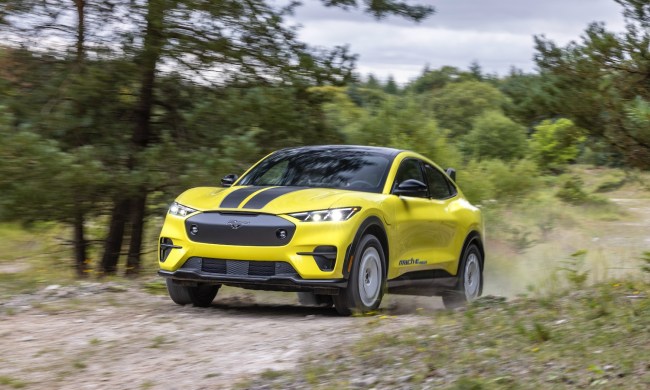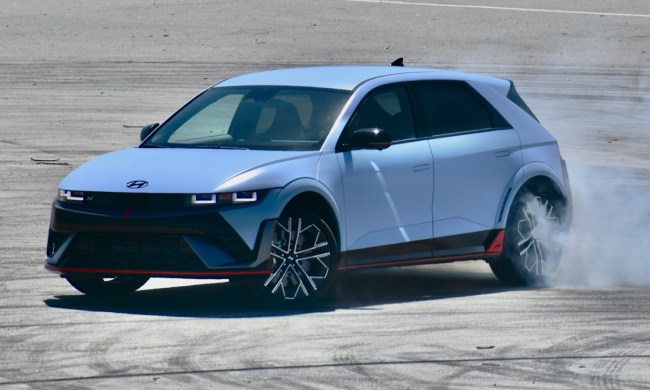If you’re out cycling or taking a stroll and a two-ton chunk of metal is approaching from behind, you really want to know about it.
The problem is that many electric vehicles, as well as hybrids, move along almost silently at low speed, giving cyclists, pedestrians, and the visually impaired almost no notice of their approach.
In order to make its roads safer — especially its narrow city streets — as sales of electric vehicles continue to rise, the European Union (EU) is demanding that from July 1, 2019, new models of electric vehicles must emit a noise at speeds of up to 20 kmh (12.4 mph). Car models currently in production won’t need to fall in line until 2021.
The U.S. has a similar law coming into effect in 2020.
How loud?
The EU’s Acoustic Vehicle Alerting System law stipulates that electric cars will need to emit a sound of at least 56 decibels that rises and falls according to whether the vehicle is accelerating or decelerating.
While 56 decibels isn’t particularly loud — some sound charts liken the level to that of an air conditioner or a refrigerator while a regular combustion engine is put at 75 decibels — it should be enough to alert cyclists and pedestrians to the approach of an electric car. So long as they’re not using earphones at the time, that is.
Some electric cars, for example, the Nissan Leaf, already include noise technology, though drivers have the option to turn it off. The new EU law prevents automakers from adding such a deactivation switch.
What type of sound?
Interestingly, the law doesn’t say what kind of noise has to be fitted, though we don’t imagine that automakers with compact city runarounds will be adding Mustang-like sounds to their cars anytime soon. However, such freedom opens up the possibility of manufacturers creating their own unique sounds. Citroën’s concept Ami One electric vehicle, for example, comes with a sound described by the company as “organic music blending male and female voices” that changes according to the car’s speed. The problem with that idea is that you might think it’s a choir behind you rather than a car.
A similar law is coming to the U.S., too. The National Highway Traffic Safety Administration (NHTSA) will require all electric and hybrid vehicles to make a sound when traveling at speeds of up to 18.6 mph (30 kmh). The original plan had been for the law to go into force toward the end of this year, but it has been pushed to September 2020. The NHTSA is considering whether to give automakers the option to offer different sounds, allowing the driver to choose between, for example, something engine-like and a more surreal alternative like that offered by the Ami One.


